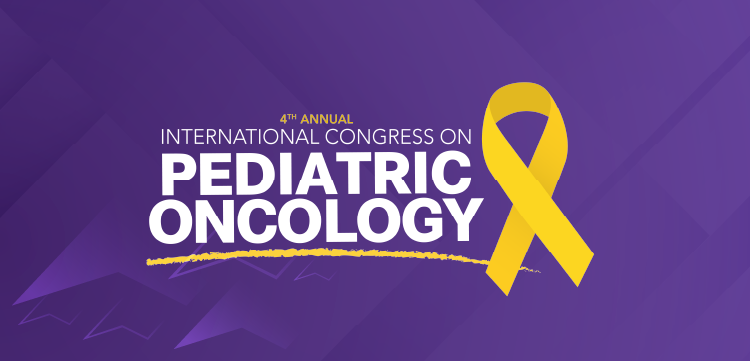
Examining Psychological Concepts That Impact Antibiotic Prescribing Practices
Conan MacDougall, PharmD, MAS, BCPS-AQ ID, sheds light on behavior change interventions that could positively affect antibiotic prescribing practices.
As more bacteria develop resistance against the antibiotics available to treat them, healthcare workers struggle to fight back, particularly when it comes to antibiotic prescribing. Many of the antimicrobial stewardship programs call for a reduction in inappropriate prescribing; however, in order to successfully meet this goal, current behaviors need to change.
At the Society of Infectious Disease Pharmacists (SIDP) Program at ASM Microbe Society Day in New Orleans, Louisiana, Conan MacDougall, PharmD, MAS, BCPS-AQ ID, Professor of Clinical Pharmacy, University of California San Francisco School of Pharmacy, took a close look at behavior change interventions and what works when it comes to improving prescribing practices.
Early on in his presentation he shared two psychological concepts that are “powerfully at play” when it comes to antimicrobial stewardship. The first is loss aversion, which means that individuals tend to prefer avoiding losses more so than “gaining gains.” He illustrated the concept using the example of offering someone $25 now, or flipping a coin (where if it landed on heads, he would give $100, but if it landed on tails they would have to give him $150). It turns out, individuals are more likely to just take the $25.
He explained, “Even though you [might] gain money, many people when presented with these types of scenarios, are averse to losing something, and so, they typically don’t take the bet. So, there’s this idea that the preference for avoiding losses is sort of psychologically more powerful than that of gaining gains.”
He introduced another important concept with another clever scenario. This time he offered $5 now, or $20 tomorrow. He mentioned that if the individual trusted them perhaps they would wait for more money the next day, but would they wait a week? A month? A year? He said, “$20 is $20, it’s four times more than $5, but [the value that people] attach to things tends to decrease with the amount of time until it’s given to them.” This concept is known as future discounting, which means that “you’re essentially willing to give up value in order to get something sooner.”
So, how does this tie back to antibiotic stewardship? Many physicians and prescribers are troubled by loss aversion. If their patient has a bad outcome due to not receiving antibiotics, they consider that “a significant loss.” He mentioned that the benefits of being more careful when it comes to prescribing (i.e. reducing antibiotic resistance) are more long-term. Although prescribers want to “preserve antibiotics for future generations, future discounting kicks in and they are not really as compelled.”
These concepts have been noted in infectious disease literature. In one of the studies that Dr. MacDougall shared, aspects related to future discounting are apparent. In the
The next concept that Dr. MacDougall illustrated to attendees was decision fatigue, by taking a closer look at a
Another concept that Dr. MacDougall highlighted was choice overload, which means that when there is an excessive number of options, individuals might find themselves demotivated. He illustrated this concept using an example of an
Dr. MacDougall highlighted another study that took a look at advance directives. Individuals were presented with choices of what they’d like for their goals of care. It turns out that when a box was pre-selected, a default option, which happened to be comfort care, 75% of individuals continued with that choice. When life-extension was preselected by default, more individuals chose that. “This is deciding what you’re going to do with your life, if you’re going to extend your life or not, but checking and unchecking a box carries a huge amount of weight, which is pretty amazing to think about.” This concept is referred to as default bias, which is the tendency to stick with predetermined choices.
Examples of how some of these concepts can overlap can also be found in the literature. In fact, one study looked at prescribing antibiotics according to the hour of the day for either respiratory tract infections (where antibiotics are sometimes indicated), and colds (where you should not give antibiotics). The findings? “As the day went on, [patients] were more likely to get antibiotics when it was clearly the wrong choice or maybe not the best choice,” Dr. MacDougall said. “This relates to decision fatigue; it’s harder to do the critical thinking and make that decision to not give antibiotics than just to give that default choice.”
So, what are some ways to change behavior that might positively impact antibiotic prescribing practices?
One study analyzed the impact of how using social norms could potentially influence behavior. In the study, each practice underwent random interventions, sometimes two simultaneously. One of the groups “underwent antibiotic justification” which means that after they plugged in an antibiotic order, they would then have to provide a reason for prescribing it. If they didn’t write anything, they had no justification for prescribing and that would hold them accountable. This brings up the concept of accountability, in that by sharing your intent, you can increase your likelihood of doing a behavior.
Another group received peer comparison feedback regarding their prescribing practices. This feedback consisted of emails that would report if they were a top performer, prescribing less unneeded antibiotics or not compared with their peers—another form of accountability. “The socially-based incentives of accountable justification and peer comparison groups all have statistically significant reductions in likelihood of inappropriate prescribing rates.”
Through knowledge of some of these concepts, prescribers everywhere can be aware of their actions, and if facilities formally incorporate accountability into their programs, they might be able to cut down on the number of unnecessary antibiotics prescribed.
Newsletter
Stay ahead of emerging infectious disease threats with expert insights and breaking research. Subscribe now to get updates delivered straight to your inbox.


















































































































































































































































































































